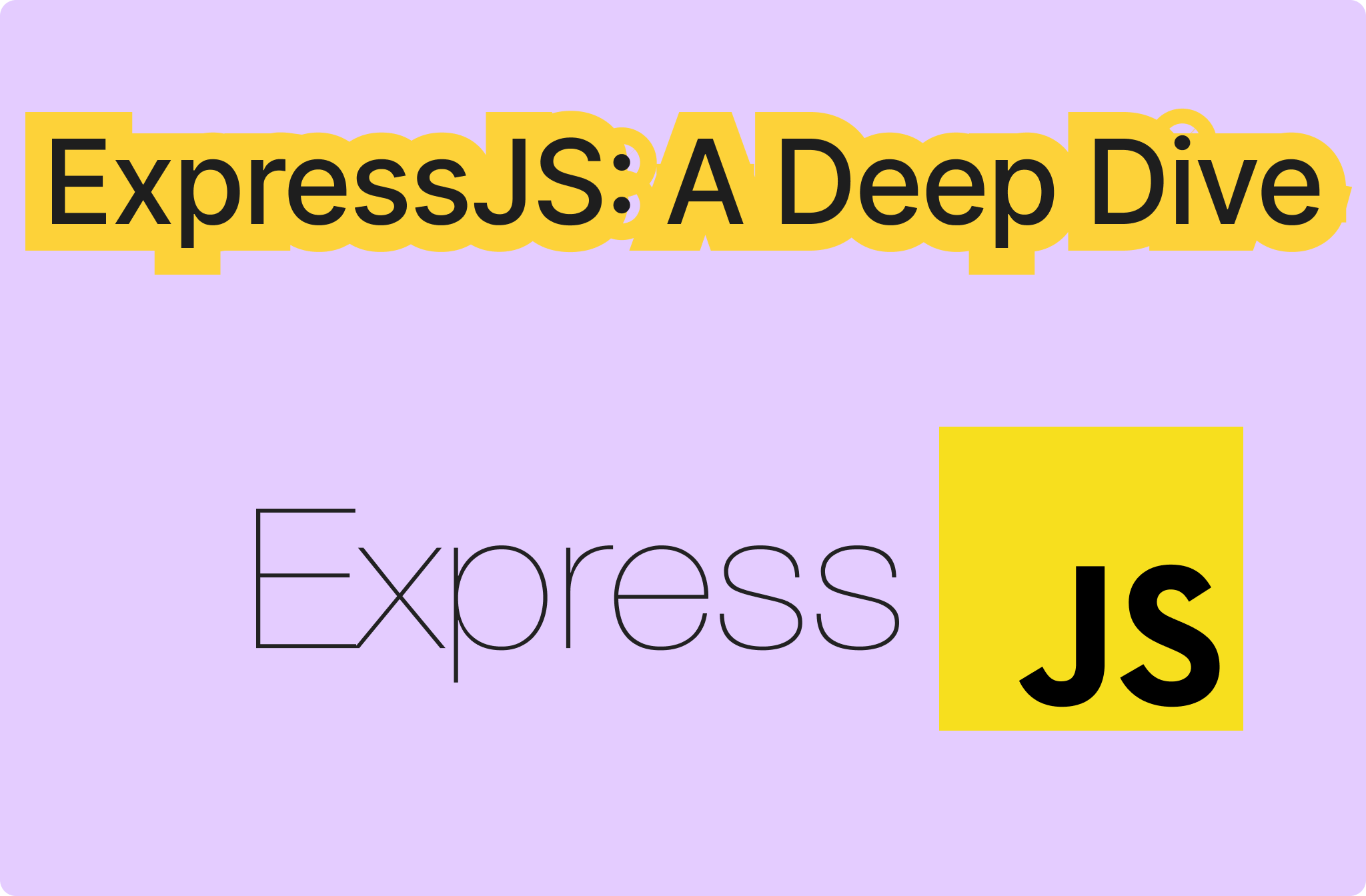63 個專案實戰,寫出作品集,讓面試官眼前一亮!
2025 年將是人工智慧應用年,它將改變我們建構和使用技術的方式。 從更智慧的工具到強大的框架,科技世界正在快速變化,人工智慧正在大幅改變事物。 今天,我們將看看用於建立 AI 應用程式的前 22 個工具和開源框架,以及最後的獎勵清單。 讓我們跳進去吧。 --- 🎯 什...
**最強大的自動化工具**之一是 Bash 腳本。無論您是初學者還是經驗豐富的專業人士,了解 Bash 腳本都可以顯著**提高您的網路安全能力**。 為什麼要使用 Bash 腳本? --------------- Bash (Bourne Again SHell) 是 GNU 作業系統...
在快速發展的數位世界中,企業和個人通常依靠專有的 SaaS 工具來處理基本任務 - 無論是建立網站、儲存資料還是發送行銷電子郵件。 Webflow、Airtable 和 Mailchimp 等流行的 SaaS 解決方案佔據了市場主導地位。然而,隨著成本的上升以及對更多控制和客製化的渴望,開源替代方案...
2025 年已經到來,對開發者來說這是一個令人興奮的時刻! 隨著 DevTools 和 AI 的快速發展,生產力和效率方面有很多值得期待的地方。 在過去的幾周里,我一直在探索一些對我來說真正突出的工具,因為它們可以在很大程度上簡化開發人員的工作流程。 在本文中,我將介紹 7 個開發...
正如我在之前的文章中所解釋的,我們正在致力於建立[LiveAPI](https://hexmos.com/liveapi/) ,一個超級方便的自動 API 文件產生工具。 LiveAPI的後端是Golang,我正在發現Golang獨特而酷的功能。 對於那些不知道的人來說, [Golang(Go...
我承認我不確定今年是否會寫這篇文章。撰寫讓人們對新技術的潛力感到興奮的文章很容易。但 2024 年是接受現實的一年。 過去的幾年是對未知事物的探索。我們興奮地進入了今年。終於到了對這些進步進行改進的時候了。他們有。但有一點是非常清楚的: > 對簡單性的追求並沒有讓 Web 開發變得更簡單...
[](https://leapcell.io/?lc_t=d_js) Express 是 Node.js 中極為常...
如果你喜歡我的文章,可以請我喝咖啡或分享它 :) [ ](https://buymeaco...
嘿,開發人員! 因此,我最近一直致力於一些以 SEO 為重點的專案,我想我應該向 Next.js 開發人員分享一些我在這一過程中學到的最佳實踐和策略。 --- Next.js 2025 年 SEO 檢查表 ---------------------- **目錄** -...
2024 年是瘋狂的一年,圍繞著人工智慧和軟體開發發生了很多事情。我相信到 2025 年這只會變得更加有趣。 Javascript 仍然是全球開發者建立可投入生產的應用程式的首選,並且到 2025 年仍將如此。 因此,我收集了 25 個儲存庫,它們在 2024 年顯示出巨大潛力,並且肯定...
隨著 2024 年即將結束,2025 年即將到來,對於前端開發人員來說,超越日常編碼任務至關重要。 探索新工具不僅可以拓展你的視野,還可以提高你的效率。 以下是每個前端開發人員**必須嘗試的 10 個**工具: [1.AITDK SEO擴展](https://aitdk.com/e...
幾乎每個開發人員都會使用開源工具,無論是在學習編碼還是建立實際應用程式時。 **Python 最近超越 JavaScript 成為 GitHub 上最受歡迎的語言**。現在,兩者都是開源領域中排名前兩位的程式語言。 在本文中,我將向 Python 和 JavaScript 開發人員分享 ...
SOLID 原則是一組指導原則,可協助軟體開發人員設計健壯、可擴充且可維護的系統。這些原則由 Robert C. Martin(Bob 叔叔)提出,對於物件導向程式設計建立靈活且可重複使用的程式碼至關重要。 在這篇文章中,我們將深入研究每個 SOLID 原則,解釋其目的,並提供 Java 範例...
TypeScript 是一種現代程式語言,由於其附加的類型安全性,通常比 JavaScript 更受青睞。在本文中,我將分享 10 個最重要的 TypeScript 概念,這將有助於提升您的 TypeScript 程式設計技能。 ![我們來貓吧](https://dev-to-uploads....
記憶體管理對於 JavaScript 應用程式至關重要,尤其是當它們擴展時。無論是建立 Web 應用程式還是複雜的伺服器端應用程式,優化記憶體使用都可以使您的程式碼更快,防止記憶體洩漏,並為用戶創造整體更流暢的體驗。讓我們看看 JavaScript 如何處理內存,辨識常見陷阱,並探索如何優化內存使用...
長話短說 ==== 「就在前幾天,我正在決定使用哪一套 LLM 工具來建立我公司即將推出的客戶支援聊天機器人,這是我一生中最簡單的決定!” -**從來沒有人說過**🚩🚩🚩 GPT-4 發布已經有一段時間了,但似乎每週都會推出一個新的開源 LLM 框架,每個框架都與 50 多個其他競爭對...
軟體工程師討厭一項任務,但這種對細節的小小關注正是優秀軟體工程師與糟糕軟體工程師的區別:**他們如何記錄他們的專案?** 幾年前,我負責建立一個金融科技計畫。因為我們決定快速行動,所以規劃可擴展性並不是優先考慮的事情。我們的重點是驗證這個想法,因此我們繼續前進,用簡單的解決方案建立 API、架...
**TypeScript**是現代 JavaScript 開發的強大動力,帶來了`type safety`和進階功能。 雖然許多開發人員都了解基礎知識,但還有一些隱藏的精華和實用技巧可以讓您的程式碼更有效率、更乾淨和可維護。 讓我們透過範例和實用方法深入了解每個開發人員都應該了解的**2...
您是否想知道 Whatsapp 或 Telegram 等訊息應用程式如何讓您查看發送的連結的預覽? ![Whatsapp 網址預覽](https://dev-to-uploads.s3.amazonaws.com/uploads/articles/hhwkooy6quz7z5pkn7b2.pn...
當我們在專案中前進時,迷失在 if-else 區塊中,在複雜的條件和重複的程式碼中掙扎,我們尋找解決方案。但為什麼我們要陷入 if-else 區塊呢?在本文中,我們將結合策略模式和工廠模式來探索消除 if-else 混亂的方法。 問題:If-Else 混淆 ------------- ...
精選技術文章、免費程式設計資源、以及業界重要新聞!
也歡迎訂閱 YouTube 頻道,觀看每週二晚間的《CodeLove Talk》直播節目,一起討論軟體開發相關的話題!